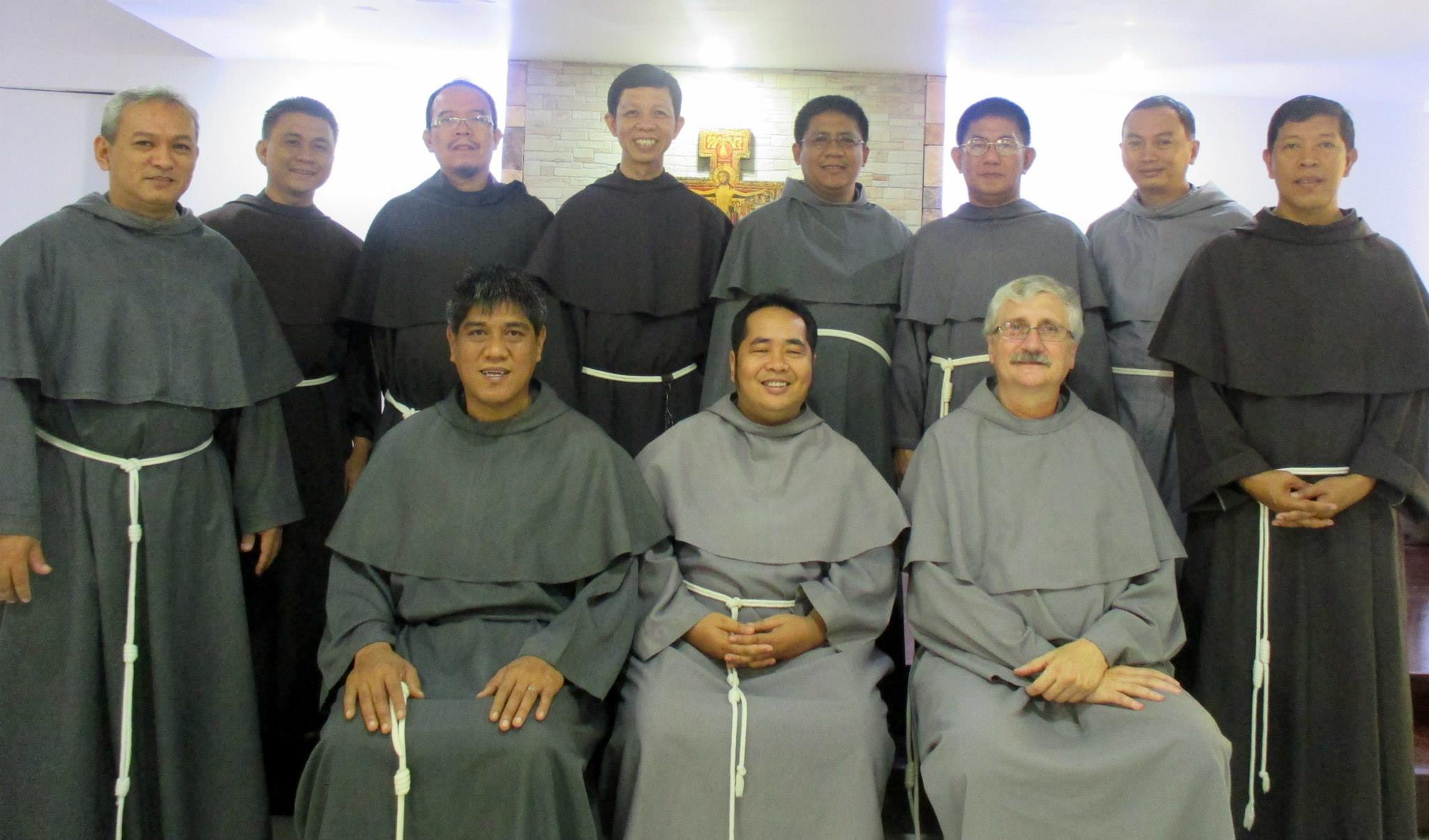|
Peregrine Of Opole
Peregrine of Opole ( 1260 – ?) was a Silesian Dominican Order, Dominican friar. He was twice elected a provincial of his Order and became designated an Polish Inquisition, inquisitor of Wrocław by the pope John XXII. His major literary achievement is his twofold collection of Latin sermons: ''Sermones de tempore'' (sermons on the feasts of the liturgical year) and ''Sermones de sanctis'' (sermons on feasts of particular saints). References Further reading *''Peregrini de Opole sermones de tempore et de sanctis''. Warsaw, 1997. (Introductory notes in German, Latin and Polish.) *Aleksander Brückner, Brückner, Aleksander. Literature religijna w Polsce średniowiecznej 1: Kazania i piesni. Warszawa, 1902. *Hervé, Martin. ''Pérégrin de Opole (vers 1260-vers 1330): Un prédicateur dominicain à l'apogée de la chrétienté medieval''. Rennes, 2008. *Scheneyer, Johannes Baptist. ''Repertorium der lateinischen Sermones des Mittelalters'' IV. (1969), 557–74. *Tatrzyńsk ... [...More Info...] [...Related Items...] OR: [Wikipedia] [Google] [Baidu] |
Peregrinus Opoliensis
Peregrine(s), or (Latin) ''Peregrinus'' may refer to: The arts * ''Passing of Peregrinus'', a 2nd-century satire by Lucian * "The Peregrin", a story in ''The Psychotechnic League'' series * "Peregrine", a song by Donovan on the 1968 album ''The Hurdy Gurdy Man'' * ''The Peregrine'', 1967 book by J. A. Baker on peregrine falcons * Peregrine (album), ''Peregrine'' (album), 2006 album by the Appleseed Cast * Peregrine (band), Australian indie rock band * "Peregrines", a 2004 short story by Suzy McKee Charnas * Tonus Peregrinus, a British vocal ensemble * ''Tonus peregrinus'', Reciting tone#tonus peregrinus, reciting tone in Gregorian chant Fictional characters *Peregrine (name)#Fictional characters Biology * Peregrine falcon, a bird of prey * Peregrinus (planthopper), ''Peregrinus'' (planthopper), a genus of planthoppers in the family Delphacidae Species * ''Erigeron peregrinus'', a flowering plant of the daisy family * ''Nicodamus peregrinus'', the red and black spider * ''Pinus pe ... [...More Info...] [...Related Items...] OR: [Wikipedia] [Google] [Baidu] |
Silesia
Silesia (see names #Etymology, below) is a historical region of Central Europe that lies mostly within Poland, with small parts in the Czech Silesia, Czech Republic and Germany. Its area is approximately , and the population is estimated at 8,000,000. Silesia is split into two main subregions, Lower Silesia in the west and Upper Silesia in the east. Silesia’s culture reflects its complex history and diverse influences, blending Polish, Czech, and German elements. The region is known for its distinctive Silesian language (still spoken by a minority in Upper Silesia), richly decorated folk National costumes of Poland, costumes, hearty regional Silesian cuisine, cuisine, and a mix of Gothic, Baroque, and industrial-era Silesian architecture, architecture seen in its cities and towns. The largest city of the region is Wrocław. Silesia is situated along the Oder River, with the Sudeten Mountains extending across the southern border. The region contains many historical landmarks ... [...More Info...] [...Related Items...] OR: [Wikipedia] [Google] [Baidu] |
Dominican Order
The Order of Preachers (, abbreviated OP), commonly known as the Dominican Order, is a Catholic Church, Catholic mendicant order of pontifical right that was founded in France by a Castilians, Castilian priest named Saint Dominic, Dominic de Guzmán. It was approved by Pope Honorius III via the papal bull on 22 December 1216. Members of the order, who are referred to as Dominicans, generally display the letters ''OP'' after their names, standing for , meaning 'of the Order of Preachers'. Membership in the order includes friars, nuns, Religious sister (Catholic), active sisters, and Laity, lay or secular Dominicans (formerly known as Third Order of Saint Dominic, tertiaries). More recently, there have been a growing number of associates of the religious sisters who are unrelated to the tertiaries. Founded to preach the The gospel, gospel and to oppose heresy, the teaching activity of the order and its scholastic organisation placed it at the forefront of the intellectual life of ... [...More Info...] [...Related Items...] OR: [Wikipedia] [Google] [Baidu] |
Friar
A friar is a member of one of the mendicant orders in the Catholic Church. There are also friars outside of the Catholic Church, such as within the Anglican Communion. The term, first used in the 12th or 13th century, distinguishes the mendicants' itinerant apostolic character, exercised broadly under the jurisdiction of a superior general, from the older monastic orders' allegiance to a single monastery formalized by their vow of stability. A friar may be in holy orders or be a non-ordained brother. The most significant orders of friars are the Dominicans, Franciscans, Augustinians, and Carmelites. Definition Friars are different from monks in that they are called to the great evangelical counsels (vows of poverty, chastity, and obedience) in service to society, rather than through cloistered asceticism and devotion. Whereas monks live in a self-sufficient community, friars work among laypeople and are supported by donations or other charitable support. Monks or nuns m ... [...More Info...] [...Related Items...] OR: [Wikipedia] [Google] [Baidu] |
Polish Inquisition
The Polish Inquisition was an Inquisition, ecclesiastical institution established in the 13th century to combat Heresy, heretics. Permanent structures of the inquisition in Poland, Polish territories were established in the first half of the 14th century and always played a subordinate role to Bishop, episcopal tribunals, which were already combating heretics in Poland in the mid-13th century. The final end of the existence of inquisitorial tribunals came with the Polish Reformation, Reformation and the victory of the idea of religious tolerance in Poland in the second half of the 16th century. Geographically, the jurisdiction of Polish inquisitors included territories within the (including Silesia, and from the late 14th century also Lithuania) and Prussia, but did not include (except for a brief period in the 1460s) Western Pomerania, which, according to the bull of Pope Boniface IX, Boniface IX from 1399, was under the jurisdiction of inquisitors from the German province of Sax ... [...More Info...] [...Related Items...] OR: [Wikipedia] [Google] [Baidu] |



